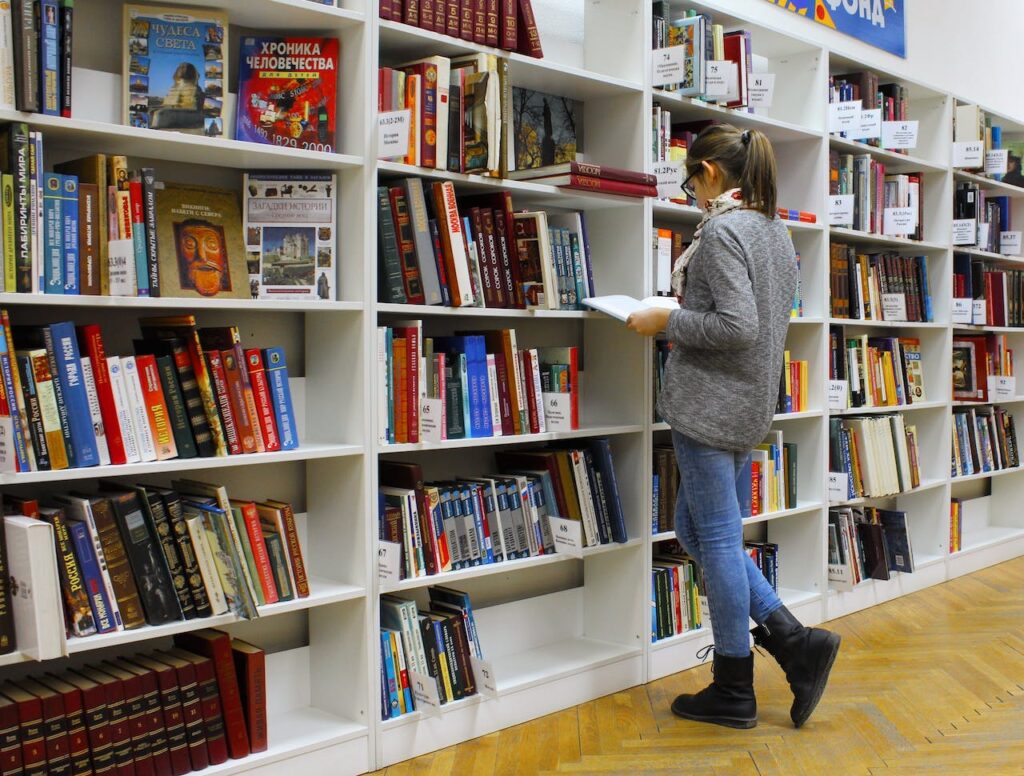Science
China Conquers Space: First an Asteroid, Then a Distant Comet
15 July 2025

In a world that never ceases to evolve, the demands placed upon school graduates have shifted remarkably. The forefront of this educational revolution is a skill set known colloquially as the “4Ks.” Spearheaded by the likes of Spencer Kagan, this approach necessitates a reevaluation of both educational objectives and the structural organization of learning in schools. Central to this paradigm is the notion of collective student action, facilitating the achievement of shared goals. This concept has gained considerable traction in the United States, with an increasing number of educators integrating these methodologies into their teaching practices.
Schools, now at a crossroads, are in urgent need of redefining their developmental trajectories. Central to this new direction are future-oriented competencies such as communication, cooperation, critical thinking, and creativity. These skills, especially in the realms of communication and collaboration, are shaping the models of learning known as collaborative and cooperative learning. They encourage students to engage in group activities with a strong focus on predetermined outcomes, extensively drawing upon the resources of critical thinking and creativity. Both models prioritize the collective learning experience of students as a fundamental starting point, thereby reimagining the landscape of modern education.
The 21st century presents a landscape where global competition, a scarcity of strategic resources, and breathtaking technological advancements are reshaping our lives and work. In this context, new skills and attitudes emerge as critical tools to unlock future success. Jérémy Lamri, in his seminal work 21st Century Skills, underscores a dramatic shift from the 20th century’s focus on suppressing individual uniqueness for robotic efficiency. The current era, in stark contrast, demands a distinguishing human element in the face of programmable and automated systems.
Lamri’s thesis posits that creativity, especially when fused with innovation, is no longer a luxury but a necessity. It allows for the setting of ambitious goals and actions that transcend routine and the already known. Another key aspect of this boundary-pushing narrative is critical thinking. It is an antidote to the deluge of often misleading information, fostering a culture of thoughtful analysis and creative application. These processed insights are then shared, leveraging communicative predispositions and cooperative skills.
The essence of 21st-century competencies lies in creativity, critical thinking, communication, and cooperation. These elements intertwine to form a skillset marked by awareness, determination, and a practical approach to achieving desired outcomes. This paradigm shift not only redefines individual capability but also emphasizes the importance of collaboration in reaching collective goals. In an era of unparalleled challenges, these skills are the linchpins of a society poised to thrive amidst constant change.

Spencer Kagan, a renowned author in psychology and education, has made significant strides in exploring the merits of collective work. As a clinical psychologist and a full-time professor of psychology at the University of California, Berkeley, Kagan has developed a teaching and classroom management approach after extensive research. This approach, known as Kagan’s Structures, pivots on four core principles: positive interdependence, individual accountability, equal participation, and simultaneous interaction.
Positive interdependence underscores the importance of a shared outcome where each participant’s action directly influences the collective success. Individual accountability ensures personal responsibility for task fulfillment. Equal participation guarantees that all members have equitable opportunities in the collaborative effort. The success of this model hinges on continuous interaction – a dynamic exchange of ideas, emotions, and joint decision-making. The absence of interaction could impede the realization of the desired outcomes.
Given the diversity in student preferences and readiness, Kagan’s approach necessitates differentiated intermediate objectives and diverse work methods and techniques. Learning transforms into an active process, with students not only acquiring knowledge but also developing new skills. Peer learning is integral, as students recognize various paths to achieve common goals and become more receptive to innovative and creative initiatives.
A distinctive feature of Kagan’s Structures is their adaptability. They can be tailored to suit specific topics and the unique engagement levels of individual students. These methods allow for the incorporation of short, dynamic activities that invigorate the classroom, facilitating effective introduction of new concepts, quick revision, and engaging summarization of lessons learned.
In the realm of education, collaborative learning emerges as a powerful tool, not just enhancing group work but also bolstering individual student engagement. This method provides essential space for what students need most during lessons: discussion, cooperation, and movement. These practices also contribute to personality development, social and emotional growth, and metacognition, fostering a secure and stimulating atmosphere in both group settings and the broader school environment.
Among the most popular collaborative methods is the “snowball” technique. This process begins with students individually noting down associations related to a topic. Pairs then merge to select the most fitting associations for the issue at hand, refining their choices in larger groups. The culmination of this exercise is a comparison and discussion of the group conclusions, offering a platform for collective learning and critical analysis.
Another notable method is “active listen-then record.” It starts with attentive listening to the teacher, followed by students preparing notes and comparing them with their peers. This exercise not only enhances comprehension but also allows for the correction of misconceptions. Repeated discussions on a topic deepen understanding and facilitate retention.
Part of the collaborative learning approach involves active discussions and movement around the classroom. An example is the “round robin” method, where students in small groups express their views on a given topic sequentially. This practice develops information exchange skills and fosters a deeper understanding of the subject matter.
Collaborative learning methods have transformed school learning into an attractive and dynamic experience, underpinned by joint action. These methods support individual development, enhance engagement, and boost self-esteem. However, challenges may arise, such as interpersonal issues among students. In these instances, the teacher’s role is crucial in effectively forming groups and overseeing their collaboration, ensuring a positive and productive learning environment for all students.
In the bustling academic landscape of Dulwich, London, Rosendale Primary School stands as a testament to the pragmatic application of “cooperative learning.” Under the leadership of Kate Atkins, the school has embraced Kagan’s Structures, turning theory into everyday classroom practice. This approach has transcended traditional pedagogical methods, fostering an environment where peer-to-peer learning is intertwined with heightened individual responsibility.
The school’s journey towards cooperative learning stemmed from a keen awareness of the disparities in student potential and developmental opportunities. By embedding Kagan’s cooperative teaching into its core curriculum, Rosendale has witnessed a marked improvement in social skills and character development among students, leading to increased engagement and a notable decrease in disciplinary issues.
We recommend: DEI in the Corporate World: Embracing Diverse Perspectives and Respecting Differences
A pivotal element in this transformation has been the school’s commitment to comprehensive, ongoing training in Kagan Cooperative Learning for its educators. This investment in professional development has been instrumental in enhancing the overall educational experience, making learning more dynamic and interactive. Students are now more adept at understanding, remembering, and applying new competencies through mutual elucidation and collaboration.
Rosendale Primary School’s adoption of this innovative educational model has not only redefined its own pedagogical landscape but also positioned it as a Kagan Model School. It now serves as a beacon, guiding other institutions and educators in integrating genuine collaboration into their daily teaching ethos.
Translation: Klaudia Tarasiewicz


Science
13 July 2025

Zmień tryb na ciemny